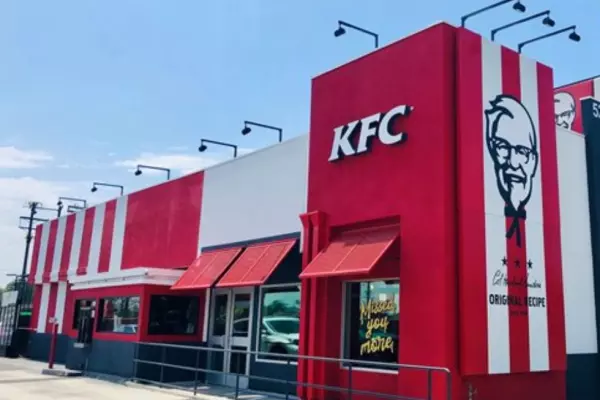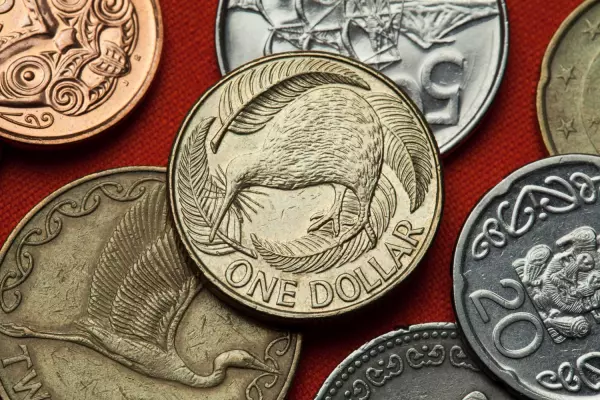Retail investors should invest in companies that have paid out dividends, been ahead of new trends or have been able to push pause during the covid-19 crisis, says Shareclarity director Daniel Kieser.
Picking the next round of gains is a difficult challenge in a market that has been reordered by the pandemic, but humanity’s ability to turn itself right-side up seems to be prevailing, in financial markets at least.
Government support and a healthy dose of optimism has just about led the S&P/NZX 50 back into the black — it was up year-to-date until the closure of Tiwai Point pulled it back down last week.
However, this recovery has been uneven. Fisher & Paykel Healthcare and A2 Milk Company have seen their share prices rise by 50 percent and 30 percent respectively.
The two stocks together comprise more than a quarter of the benchmark, explaining why the index level is high despite only eight of the top 50 firms trading higher year-to-date.
For retail investors who took the opportunity to buy into the sharemarket as everything fell hard, choosing which names will continue to recover and perform in the long-term is the next challenge.
Kieser said that, in theory, investors had priced in the various downside risks still posed by the pandemic and that the market could be expected to continue edging upwards.
A forever company?
The way to know which companies will drive that movement is to consider whether they have terminal value, Kieser said. His strategy is to ask: what companies will last forever?
This has been made more difficult than usual as central governments around the world have stepped in to “backstop” companies with wage subsidies and credit supports that have prevented a wave of bankruptcies.
“In normal circumstances, a big correction like this would start to wash out companies that probably weren’t on the most stable footing,” Kieser told Businessdesk.
To identify investment prospects that have terminal value and are not just “short-term focused stuff where people try to make 50 percent in three-and-a-half minutes,” Kieser looks for three indicators.
“The first question is: who rode through the storm and maintained their dividend?” he said.
If a company can go through a once-in-a-hundred-year shock without suspending dividends, then that is a company that is likely to still be around on a 20-to-50-year timeline. In this way, dividends can be used as a proxy for resilience.
Examples of locally listed companies that have held their nerve and paid dividends include Meridian Energy, Mainfreight, Argosy Property, Infratil and Sanford, among others.
Fisheries companies like Sanford, as well as others such as New Zealand King Salmon, fall into Kieser’s second category for sound investment prospects: companies that were impacted by a drop in consumer demand but can bounce back quickly with low costs.
Inventory overload
This is especially relevant to those primary industry producers who can delay or stall harvesting products. They may lose revenue from sales, but don’t take a hit to their inventory.
This makes those brands less affected than those with perishable products, or even a retailer such as Kathmandu, which can potentially miss a fashion season and have to write down unsold, out of fashion stock.
As lockdowns unwind and consumer confidence bounces back, these companies will be able to draw on built up inventories to recover.
Kieser’s final category for investors to watch is companies that were ahead of the curve on trends that have accelerated because of the pandemic. These include health stocks and anything related to the internet.
For example, Pushpay has grown its share price more than 100 percent as every church in the United States suddenly needed an online service management tool.
Brands that are positioned to benefit from sudden surges in online demand are companies that will have long-life spans and terminal value.
“These are trends that we’ve all known about: online shopping is not new, but this has fast-tracked it,” he said.
Webjet and Kogan in Australia were examples of stocks that were online businesses ahead of the trend, he said. Some of New Zealand’s retailers, such as Kathmandu and The Warehouse, are both seeing a boom in online sales but have still been focused on in-store sales that make up the majority of revenue.














